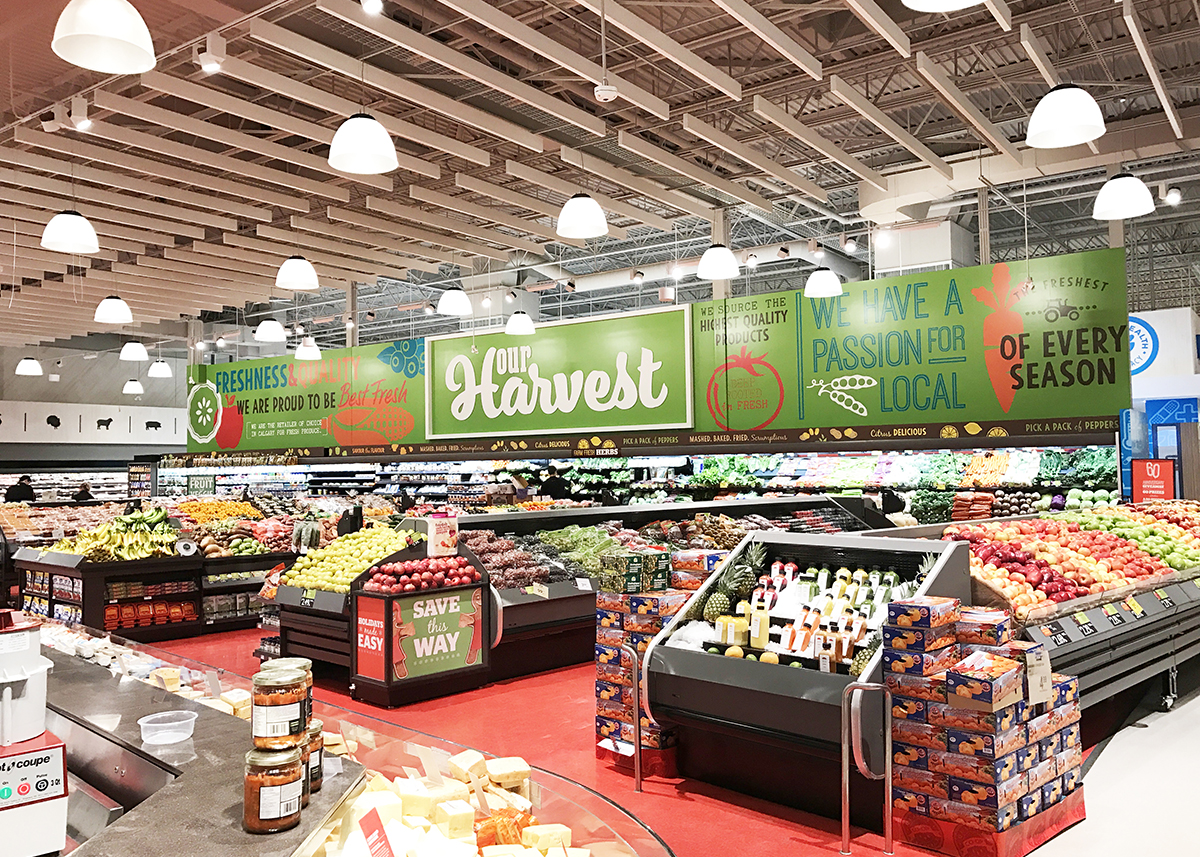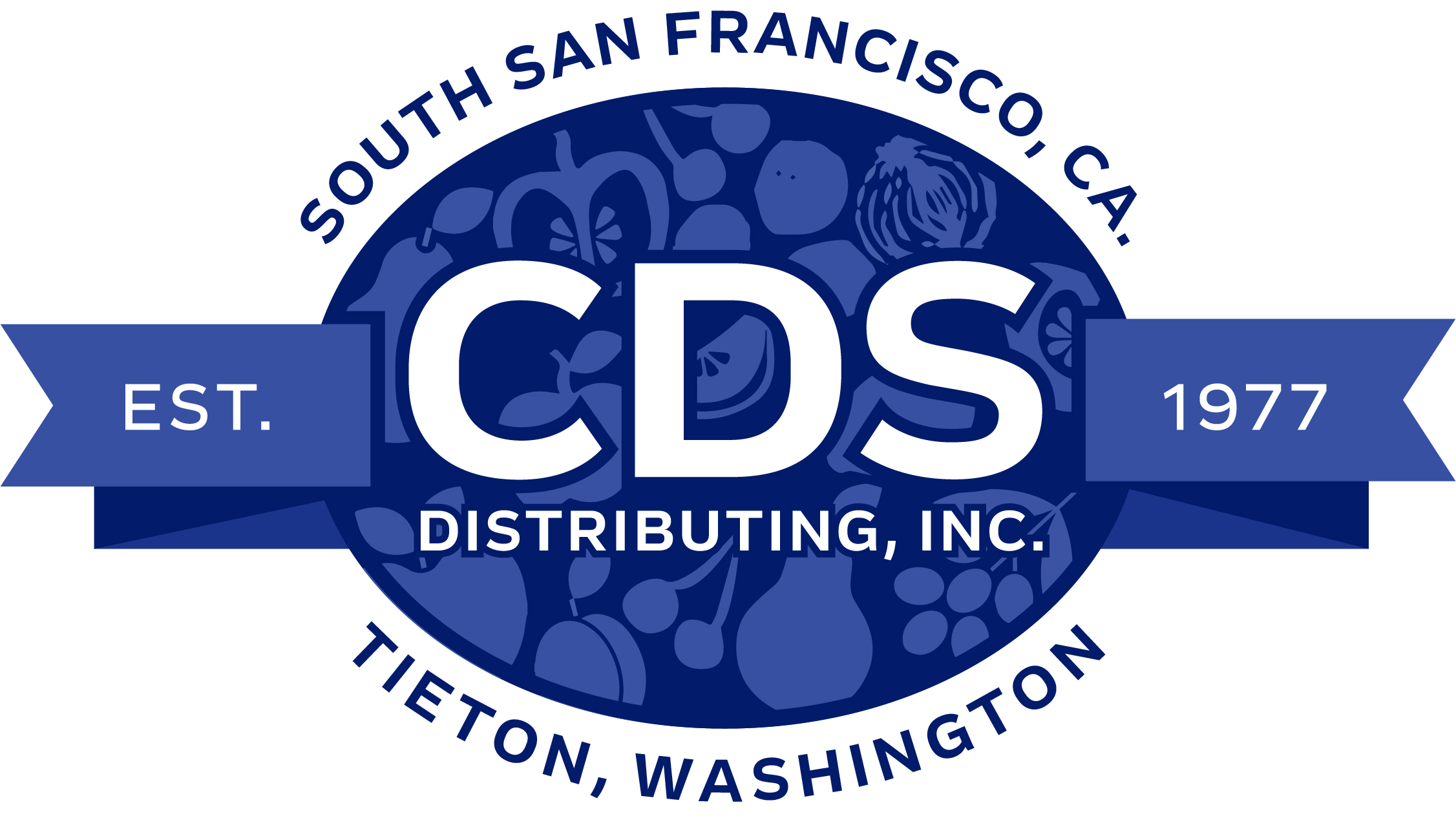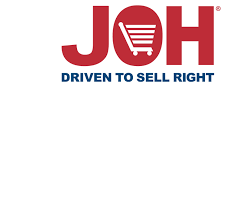In the fast-paced world of grocery retail, making a lasting impression is no longer just about price or product placement, especially in the produce aisle.
Jean-Pierre Lacroix, president and founder of the Toronto-based strategic design agency SLD and author of “Think Blink Manifesto,” says creating emotional connections in the blink of an eye is the secret to building shopper loyalty — and boosting produce sales.
Emotions Drive the Cart
“Eighty percent of all buying decisions are made emotionally,” Lacroix says. “And 80% of communication is visual — 40% of that is color and shape.”
That's the foundation of Lacroix's Think Blink philosophy, which combines strategic thinking (think) with instantaneous emotional connection (blink). It's about reaching shoppers' hearts before their rational minds kick in.
For the grocery produce aisle, that means branding and design need to work together to create a visual and emotional experience, and quickly. In Lacroix's terms, it's about developing mental shortcuts that help shoppers feel good about what they're buying. And in a category where freshness, sourcing and health drive decisions, visuals are key.
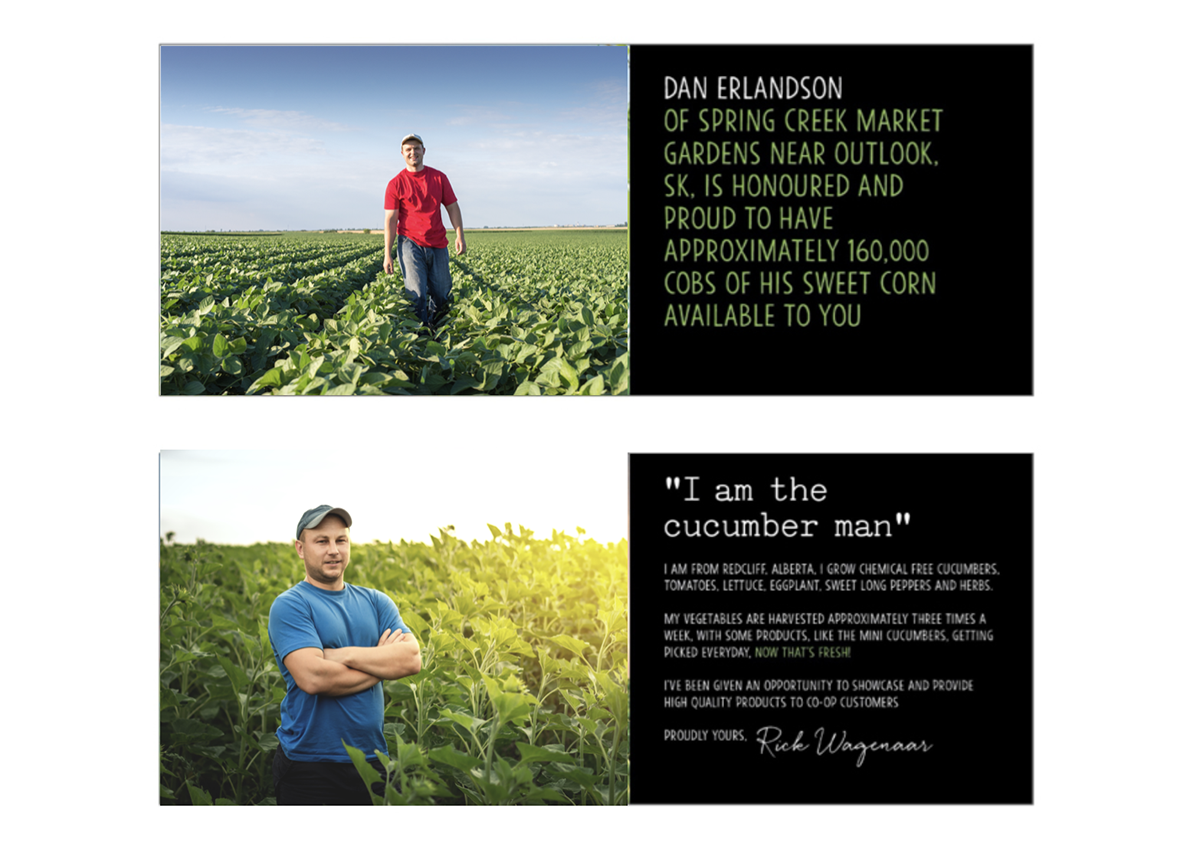
What's the Blink Factor?
Lacroix coined the term “blink factor” more than three decades ago after observing that shoppers often identify brands not by name, but instead by shape and color — e.g., Pizza Hut's iconic red roof. He realized that fast decisions are made visually, and the same holds when consumers grab a bunch of kale or a clamshell of strawberries.
In produce, cues like “locally grown,” “organic,” or even a province or state name can serve as these emotional triggers.
“[Canadians] buy strawberries in November knowing they traveled from California,” he says. “But if they see it's Ontario-grown [or regional], they immediately associate it with freshness and quality.”
These visual cues tap into the consumer's emotional brain, which seeks to conserve energy by making fast, intuitive choices, Lacroix says. And that's where the opportunity lies for produce marketers: help consumers feel good fast.
Storytelling Adds Value
To elevate the produce experience, Lacroix emphasizes storytelling as a powerful tool that's underutilized in grocery retail. When shoppers can “meet” the farmer through visuals or narratives, they're more likely to buy — even if the price is a bit higher.
At Calgary Co-op in Alberta, Lacroix's team developed shelf signage that went beyond the basics. Each produce sign featured the standard price and product name but also included a brief story about the farmer or farm where it was grown.
“Buyers tend to think in terms of price and logistics,” he says, “but when you get them thinking about marketing, the product gains emotional value.”
Other examples include Loblaws' chicken line, which displays farmers' photos on packaging, and Lay's potato campaign in Canada, which spotlighted generational growers.
“People feel like they know the farmer,” Lacroix says. “And when that happens, they trust the product more.”
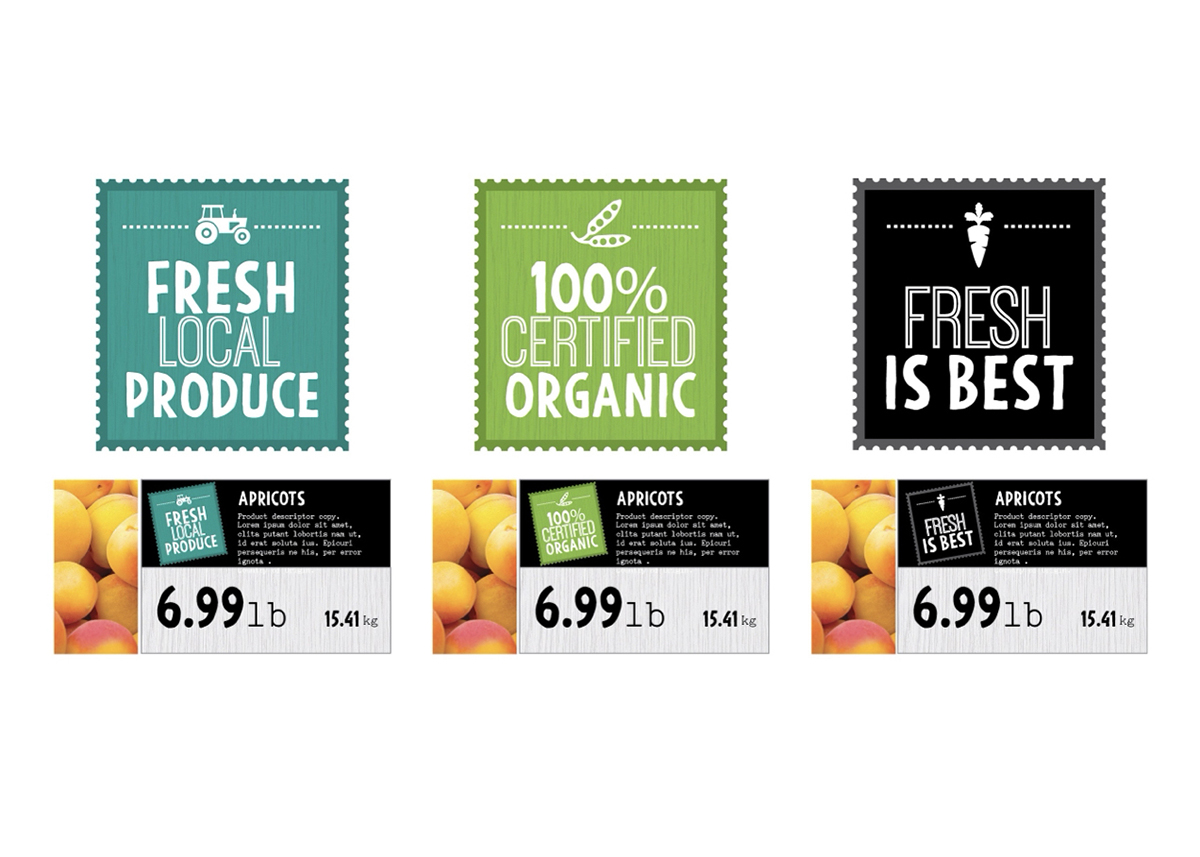
Practical Implementation
So how can grocers apply the Think Blink approach in the produce aisle? Lacroix suggests:
- Shelf signage with stories — add a small card with a grower's photo, name, location and a short story right next to the product.
- Visual cues for freshness — use consistent color palettes, icons or imagery to quickly communicate key attributes like “local,” “organic” or “in season.”
- Website and in-store integration — Ensure the same storytelling appears online and in-store for a cohesive brand experience.
- Seasonal nostalgia — tie produce to holidays and traditions; think recipe cards for cranberry sauce at Thanksgiving or pie ingredients with grandma's recipe attached.
Nostalgia, Lacroix adds, is another underused emotional driver. A simple story about a holiday tradition — like a store manager's family pie recipe — can create powerful bonds between shoppers and products.
“It nurtures you. It links past memories to present purchases,” he says.
The Farmers Market Vibe
Consumers crave connection, Lacroix says. While farmers markets offer direct interaction, supermarkets can replicate that sense of intimacy and trust through smart, emotion-based branding.
“We absorb images 600,000 times faster than words,” Lacroix says. “That's why visual storytelling works.”
By humanizing products, even large retail chains can bring the farm into the store.
“It's about making the product more than just a price tag,” Lacroix says. “It's about making it personal.”
Your next read: Why they buy: the psychology behind produce purchases

